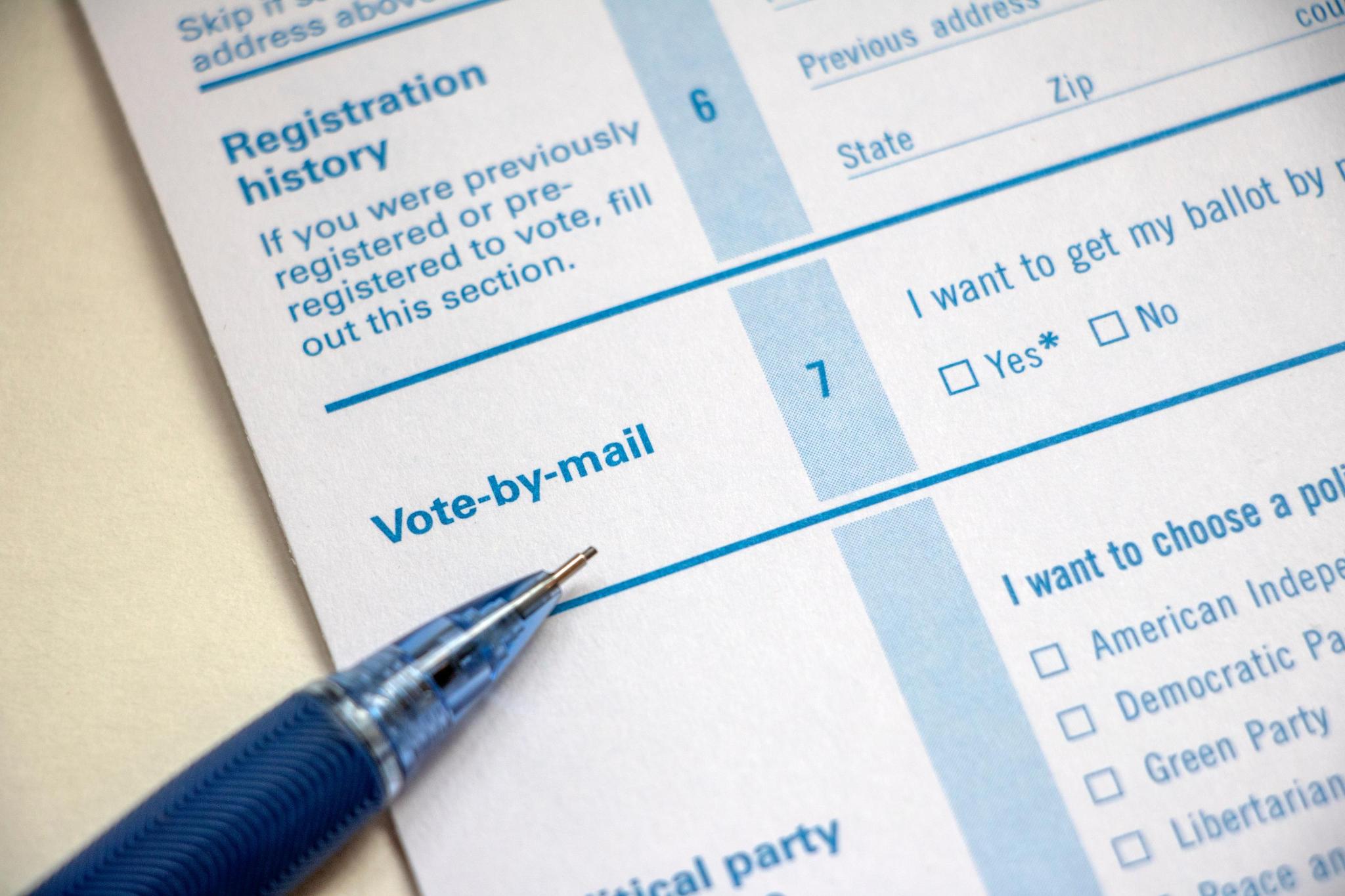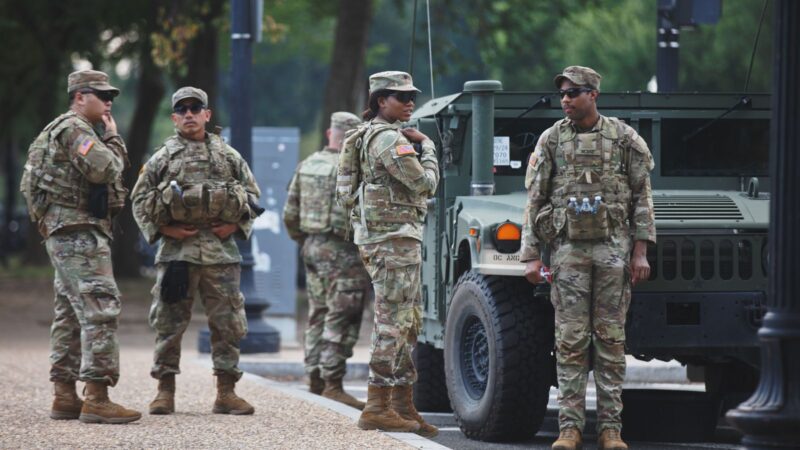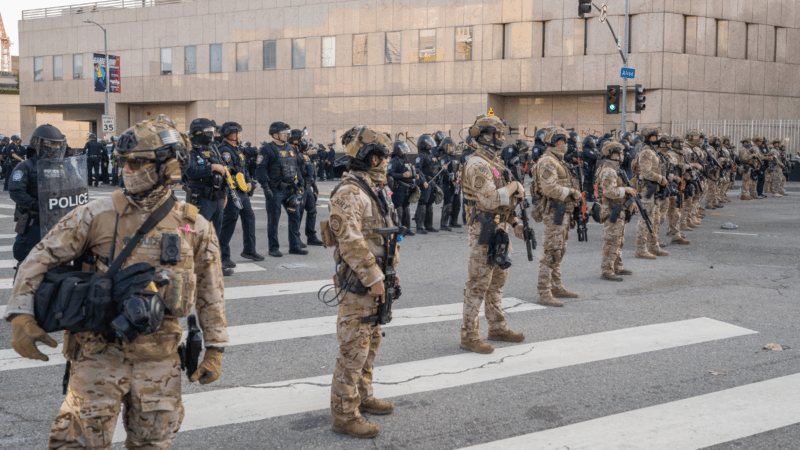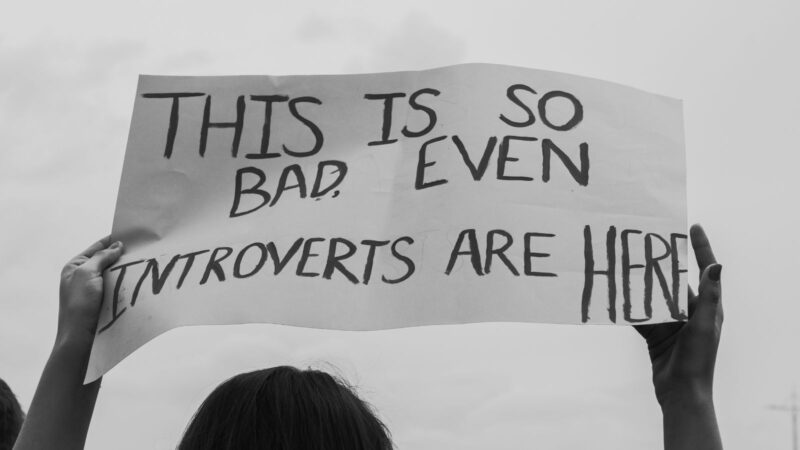Voter list maintenance, explained
- November 4, 2024
List maintenance helps ensure that voter rolls contain the right people and can be trusted as the foundation of our elections.

Voter registration lists have been discussed a lot in recent weeks, from voters being removed shortly before an election, to mass challenges, and zombie lawsuits. Third-party actors are pursuing these tactics and others to sow doubt about voter registration lists.
It is important to understand these tactics and also to see them for what they are – efforts to discredit an effective and highly regulated system.
States maintain voter lists according to robust processes that are mandated by law and can be verified with public data – this is intended to increase trust in election administration. This resource explains how voter list maintenance works and why voters should feel confident in voter lists.
What is list maintenance?
Regular list maintenance is a normal part of elections that takes place continuously over the several years before and after an election, not all at once. It involves removing voters who meet a number of criteria that signal to an election official they should be removed from the voter lists.
You may also hear terms like “voter purges,” “cleaning the rolls,” or the idea that voter lists are “bloated” or “dirty.” These terms are often politically charged, and can be conflated with regularly mandated list maintenance processes. Overall, list maintenance helps ensure that voter rolls contain the right people and can be trusted to run elections.
Why do voter lists need to be updated? Well, on an average day in the United States:
- about 75,000 people might move homes,12024 Moving Statistics and Trends – Forbes Home
- about 10,000 people will turn 18,2Examining Birth Rates – USA Today and
- almost 9,000 people will pass away.3Deaths and Mortality – CDC
These are just some examples of life events that affect voter eligibility and should be reflected in voter registration lists. Others include felony convictions and becoming a naturalized citizen.
Of course, the ideal voter file is both complete and accurate. Accuracy includes both ensuring that the information for each eligible voter is up to date, and the removal of ineligible individuals. With the frequency of changes described above, work towards that goal is never finished.
Because the process of making sure voter rolls are accurate is always ongoing, additional safeguards ensure the lists are at their most up-to-date during periods of voting or petitions. Aspects of the voting process also complement the voter registration process, such as when states require ID to request an absentee ballot or require voters to state their address at the polling place.
Voter list maintenance processes are transparent. States publish voter registration lists for public viewing, and many also publicize their process for maintenance. While details vary by state, election officials check registrations against various data sources, allowing them to remove voters who have moved or died, or are otherwise ineligible.
Sources used include the National Change of Address Database, the Social Security Death Master File, Department of Homeland Security (DHS) naturalization records, the Electronic Registration Information Council (ERIC) membership organization, state vital records databases, jury dismissal lists, motor vehicle agency data, estate administration records, and obituaries.
Lack of voting activity can also trigger a removal process, though the federal law requires a mailed notice and a waiting period before a voter can be removed for this reason. Strong processes are typically well-documented and ensure that officials are able to consult all data that is available to them.
What are the rules?
Several key pieces of federal law guide the process of voter list maintenance.
National Voter Registration Act of 1993 (NVRA)
The NVRA sets forth requirements for state voter registration and list maintenance programs. It requires states to provide opportunities to register to vote at the DMV and at certain state agencies as well as via mail. Section 8 of the NVRA lays out the requirements for list maintenance activities aimed at maintaining current and accurate voter registration lists.
The NVRA has two objectives: 1) to increase the number of eligible voters participating in our elections and 2) to maintain safe and accurate voter rolls. It seeks to achieve these goals by giving state officials broad discretion in how to maintain accurate rolls while providing guardrails to protect eligible voters. The NVRA divides the rules for list maintenance into two periods.
During all but the 90 days directly preceding a federal election, states can use a wide variety of tools and programs to systematically review and clean up the voter rolls so long as the program is uniform and nondiscriminatory. The NVRA made it illegal for election officials to remove voters solely for failure to vote. But they can reach out to a voter to confirm their status if they have failed to vote in multiple consecutive elections. If a voter does not respond to this mailed notice or if any mailed notice is undeliverable, the voter record can be marked as inactive. An inactive record can be removed from the voter list after two federal general elections have passed, if a voter has not voted or responded to a mailed notice in the interim. These protections help ensure that voters are not removed incorrectly.
The table below summarizes what this process might look like in practice:
| Date | Event |
| November 6, 2018 | Voter fails to cast a ballot |
| November 30, 2018 | Voter does not respond to a mailing, marked inactive |
| November 3, 2020 | Voter fails to cast a ballot |
| November 30, 2020 | Voter does not respond to a mailing, remains inactive |
| November 8, 2022 | Voter fails to cast a ballot |
| November 9, 2022 | Record eligible to be removed from voter list |
During the 90 days immediately prior to a federal election, referred to as the “Quiet Period,” the NVRA has much tighter restrictions. During this crucial window, states may not engage in systematic maintenance of the voter rolls and are limited to making individualized updates. For example, updating the registration of a voter who reports directly to election officials that they have changed their name or moved, or a voter who is confirmed to be deceased.
This Quiet Period is essential for voters. In many states, early voting starts weeks if not months prior to the election, so it is important for voters to be able to check and rely upon their registration information. Moreover, if there are errors in a systematic removal process there would be very little time to contact voters and remedy those errors immediately preceding an election. The Department of Justice recently published additional guidance about complying with the NVRA.
Uniformed and Overseas Citizens Absentee Voting Act (UOCAVA)
UOCAVA, first enacted under President Reagan, provides the rules and regulations for voting by the nearly 3 million U.S. citizens residing outside the United States – including U.S. military personnel and their families. UOCAVA requires election officials to send ballots to eligible overseas voters in advance of the election and creates special procedures for these voters, for example allowing them to register and request an absentee ballot simultaneously. States are required to verify the identities and eligibility of UOCAVA voters as they are all voters.
Why have I been hearing so much about this?
Recently, governors and other state executives have published newsy announcements about the number of people removed from their voter lists, like those in Texas, Ohio, and North Carolina. As described above, these removals are not extraordinary, unique, or cause for concern. Like all maintenance, their purpose is to keep lists updated and accurate for the sake of election integrity and to help election officials direct their limited resources towards current voters.
In most cases, these are simply summaries of the standard list maintenance process that occurs across all states, all the time — not all at once. Because they are announced with large, attention-grabbing numbers, news media sometimes carries forward the idea that this is an exceptional action. VoteShield tracks public voter registration data in states across the country, and we see others doing the same regular maintenance without the fireworks. We recently published an Arizona Voter Roll Report and Pennsylvania Voter Roll Fact Sheet that explain these processes in those states.
Beyond these misinterpretations of the list maintenance process, third party actors have been using several tactics to sow doubt in the registration process broadly:
- Governors have been pursuing last-minute, politically motivated challenges to voter eligibility.
- Outside organizations have been pursuing mass voter registration challenges, using flawed data science to make claims that are not possible with the publicly available data.
- Political parties and other outside legal groups have filed zombie lawsuits whose sole goal appears to be to sow doubt and create chaos, rather than to make legitimate claims or win in court.
The goal of these tactics is to create uncertainty about voter list maintenance, as part of a broader strategy to deceive, disrupt, and deny legitimate election results. It’s important to remember these are typically driven by actors outside of the election administration process, and that the process will withstand the challenges. Last minute changes are being successfully challenged in court. Zombie lawsuits are meritless and many have already been rejected. Mass challenges have thus far proven to be ineffective.
Keeping records up to date is good for everyone, and federal law makes it difficult for states to overdo it.
Why Americans can feel confident in voter lists
Our voter lists are safe and secure, and there are numerous levels of checks to ensure that only eligible voters participate in our elections. State and local election officials have been diligently working to maintain and update the voter rolls since the last election. In addition to the laws, regulations, and resistance to the third-party tactics we covered above, the system has additional layers of assurance built in.
On top of these examples, there are a few things Americans can do to remain confident in registration lists:
- Check your own registration, especially if you’ve moved recently, and encourage others to do the same. In many states, you can confirm your registration online in minutes.
- Learn more about the specific voter list maintenance practices in your state by looking to trusted resources such as the National Conference of State Legislatures, or reaching out to your local election officials.
- Remember that VoteShield analyzes public records on a regular basis, weekly for many states, and identifies any changes that might require a second look. Things we look for include neutrality in terms of party, age, race, and other factors, which are required by the NVRA.
Our work has shown us that election officials on the whole are superb at accomplishing the difficult task of maintaining accurate registration lists while also protecting each individual’s right to vote, and following federal law. You can put your trust in them confidently.
Related Content
Join Us.
Building a stronger, more resilient democracy is possible, but we can’t do it alone. Become part of the fight today.
Donate
Sign Up for Updates Sign Up for Updates
Explore Careers Explore Careers
How to Protect Democracy How to Protect Democracy


